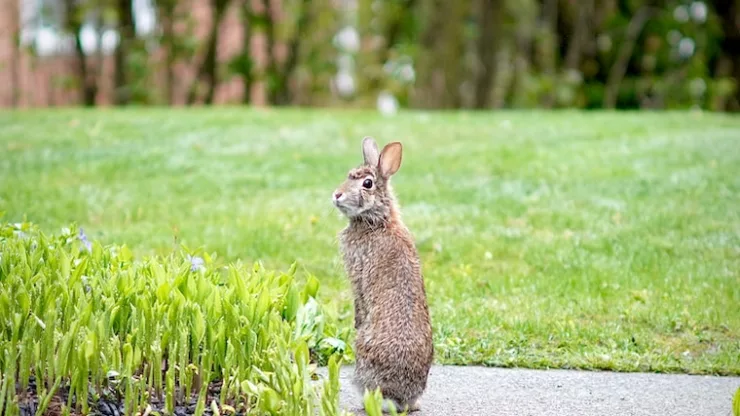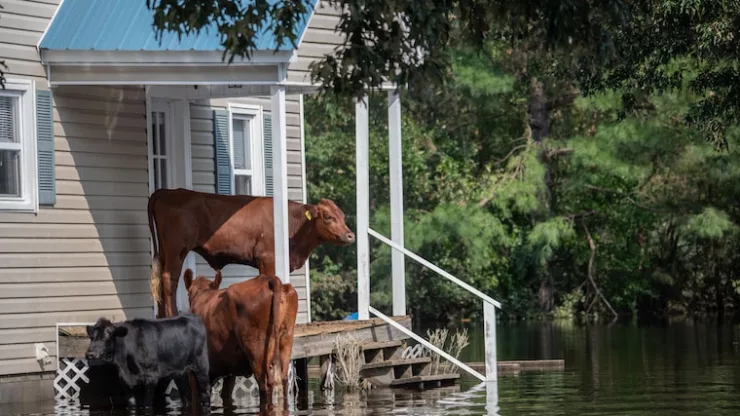Balance in the Concrete Jungle: An Introduction
As the world becomes more urbanized, the natural habitats for many species of wildlife are shrinking. However, this does not mean that wildlife cannot exist in cities.
In fact, many species have adapted to urban environments and can thrive in them.
But with this coexistence comes the challenge of balancing the needs and safety of both humans and wildlife.
Urban wildlife management is the key to finding this balance.
===Urban Wildlife Management: The Solution
Urban wildlife management involves managing the interactions between humans and wildlife in urban areas.
The goal is to minimize conflicts while also promoting the conservation of wildlife.
Some strategies for urban wildlife management include:
- Habitat management: Creating and maintaining suitable habitats for wildlife in urban areas, such as green spaces or wildlife corridors.
- Population control: Managing the population of certain wildlife species to prevent overpopulation and reduce conflict with humans.
- Education and outreach: Educating the public about urban wildlife and their behavior, as well as providing tips for coexisting with wildlife in urban areas.
In addition to these strategies, it is crucial for urban wildlife management to be collaborative and involve input from both wildlife experts and local communities.
===Predator-Prey Dynamic: Understanding the Circle of Life
The predator-prey dynamic is a fundamental concept in ecology and is especially relevant in urban wildlife management.
In this dynamic, predators hunt and eat prey, which in turn helps to control the population of the prey species.
This balance is essential for the health of both predator and prey populations, as well as for the overall ecosystem.
In urban areas, the predator-prey dynamic can be disrupted by human interference.
For example, if humans feed wildlife, this can lead to overpopulation of certain species, which can then lead to conflicts with humans.
Similarly, if humans remove predators from urban areas, this can lead to overpopulation of prey species, which can also have negative consequences.
===Coexistence with Wildlife: A Shared Responsibility
Coexisting with wildlife in urban areas is a shared responsibility between humans and wildlife.
Humans have a responsibility to create and maintain suitable habitats for wildlife, educate themselves about wildlife behavior, and avoid actions that may harm or disrupt wildlife populations.
At the same time, wildlife has a responsibility to respect human boundaries and avoid actions that may harm or disrupt human populations.
This shared responsibility can be achieved through collaboration and communication between wildlife experts, local communities, and government agencies.
By working together, we can create a sustainable and balanced environment for both humans and wildlife in urban areas.
===FAQ
How can I prevent conflicts with wildlife in urban areas?
There are several ways to prevent conflicts with wildlife in urban areas, including:
- Avoid feeding wildlife.
- Secure garbage cans and compost bins.
- Keep pets on a leash or indoors.
- Educate yourself about wildlife behavior and how to respond to encounters.
What should I do if I encounter wildlife in an urban area?
If you encounter wildlife in an urban area, it is important to remember to:
- Keep a safe distance.
- Do not approach or try to feed the animal.
- Make noise or move slowly to encourage the animal to leave the area.
- Contact local wildlife authorities if the animal appears injured or aggressive.
How can I support urban wildlife conservation efforts?
You can support urban wildlife conservation efforts by:
- Donating to local wildlife organizations.
- Participating in citizen science projects that track urban wildlife populations.
- Advocating for wildlife-friendly policies in your community.
- Volunteering your time to help with habitat restoration or wildlife rescue efforts.
Balancing the needs of humans and wildlife in urban areas is no easy feat, but it is a crucial one.
By implementing effective urban wildlife management strategies, understanding the predator-prey dynamic, and taking shared responsibility for coexisting with wildlife, we can create a sustainable and harmonious environment for all.
Let us work together to ensure that urban areas are not just concrete jungles, but also thriving ecosystems for both humans and wildlife.
I’m a nature enthusiast and creator of Metro Wilds and have spent years exploring the great outdoors.
With a passion for environmental conservation and sustainability, I have dedicated my career to writing about the beauty and wonders of nature, as well as the threats facing our planet.
Contact me at [email protected] for assistance.





